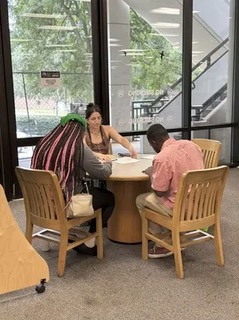“When another person makes you suffer, it is because he suffers deeply within himself, and his suffering is spilling over. He does not need punishment; he needs help. That's the message he is sending.”
― Thich Nhat Hanh
It comes as no surprise to any of us that there is more suffering in our midst as we emerge from the first pandemic in 100 years. We will not have a full sense of the many impacts of the pandemic for many years to come.
Sometimes we refer to schools as laboratories for the broader community. The conflicts, challenges, successes, joys and hardships that are experienced in the community are often far more pronounced in schools. If we follow the laboratory analogy, how we respond to the challenges we face in school could inform how we respond to the broader challenges in our communities.
As we approach October, many of us in education can already feel tension rising up within as we brace ourselves for what is to come. October is generally a difficult month in terms of behavior and discipline. Teachers are stressed and tired. Students are stressed and tired. And then you layer in the suffering that the pandemic and related crises have invoked and you have a recipe for a very challenging situation.
What if we approached this moment as an opportunity, rather than a burden. At its core, restorative practices promote a way of being that is rooted in relationships, democratic dialogue, voluntary participation and working collaboratively to make right when wrong has been done. The more they are practiced and explored, restorative approaches become a way of being and a way of life. To approach this moment as an opportunity would be to take Thich Nhat Hanh’s words to heart.
What if we observed behavior as communication? What is the acting out trying to tell us? When a student disrespects a teacher or another student, what could be beneath that? Could it be that their own suffering is leading to the behavior we are seeing? If so, is it wise to focus primarily on excluding or punishing the student, or might we lean on restorative approaches to learn and grow together?
As we work to build restorative and equitable school culture within the schools that we serve, we are faced with this dilemma all of the time. Each time we choose to draw near, rather than to send away, we are actively building a new way to be in community together. As we model this way of being in schools, we are shining a light and showing a way for what can be possible in the community as a whole. As October quickly approaches, we invite you to reflect on Thich Nhat Hanh’s words and how they may be applicable in your life.























